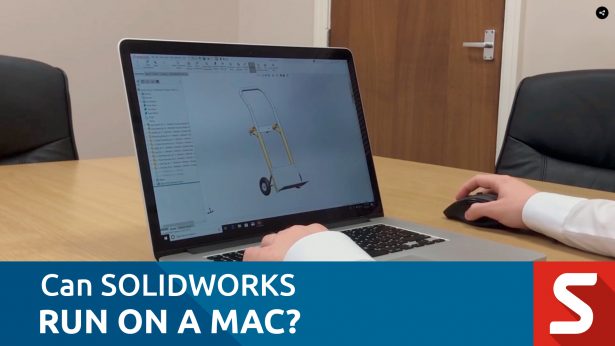

Manually delete all information, then perform a full manufacturer's reset to reset the mobile device to factory state.Please note that after the process is completed, all of your personal content will disappear. It might take a little while for the process to complete. If you're absolutely sure you want to restore your phone to its factory settings, tap Yes, and then tap Yes again. Tap About, and then tap Reset your phone.
#Solid edge for mac os x android
Refer to Google's Android documentation for more detailed information.For example, on Samsung Galaxy S5 running Android 4.4.2, select settings, then under User and Backup, select Backup and reset, then select Factory data reset.Perform a factory reset through the device's settings menu.Refer to Apple's iOS Security Guide for more detailed information.

Personally Owned Devices Leaving the UniversityĪll High, Moderate, or Low Risk Data stored on the device must be sanitized according to the Data Sanitization Guidelines below unless an exception is approved and documented in advance by organization management.Local property administrators should be prepared to either sanitize or destroy the disk themselves according to the Data Sanitization Guidelines below (and keep a record of the activity) or contact the Information Security Office for assistance. If a device is to be disposed of or transferred to a party outside of the University, the device owner or local property administrator must sanitize or remove and physically destroy all device storage regardless if the device is known to contain any High, Moderate, or Low Risk Data. Device Disposal or Device Transfer Off-Campus.The device may be transferred without removing any Moderate or Low Risk Data.Īll High Risk Data stored on the device must be sanitized unless an exception is approved and documented in advance by organization management. In addition, all Moderate Risk Data stored on the device must be sanitized according to the Data Sanitization Guidelines below. If the new recipient has no business justification to access the stored High Risk Data, the files containing this data must be sanitized according to the Data Sanitization Guidelines below. If the original system owner and the new recipient have the same rights to view the High Risk Data stored on the device, there is no need for data sanitization. The policies below define baseline controls for the sanitization and disposal of University data: 1 (PDF) ("Guidelines for Media Sanitization").

Data sanitization is the process of irreversibly removing or destroying data stored on a memory device (hard drives, flash memory / SSDs, mobile devices, CDs, and DVDs, etc.) or in hard copy form. It is important to use the proper technique to ensure that all data is purged. Our guidance below is derived from NIST SP 800-88 Rev.


 0 kommentar(er)
0 kommentar(er)
